"Come and see the dinosaurs!" — might be a child's suggestion for a visit to Berlin's Museum of Natural History. Indeed, the museum prides itself on its collection of fossil lizard skeletons. But its entire collection is also worth a look — it has (you can't even imagine) 30 million items! Such a wealth of artefacts has been collected over the two centuries the museum has been open since it opened in 1810. Large animals and barely visible protozoa, stones and minerals, stuffed animals and models, even sounds of nature are all represented in the vast halls.
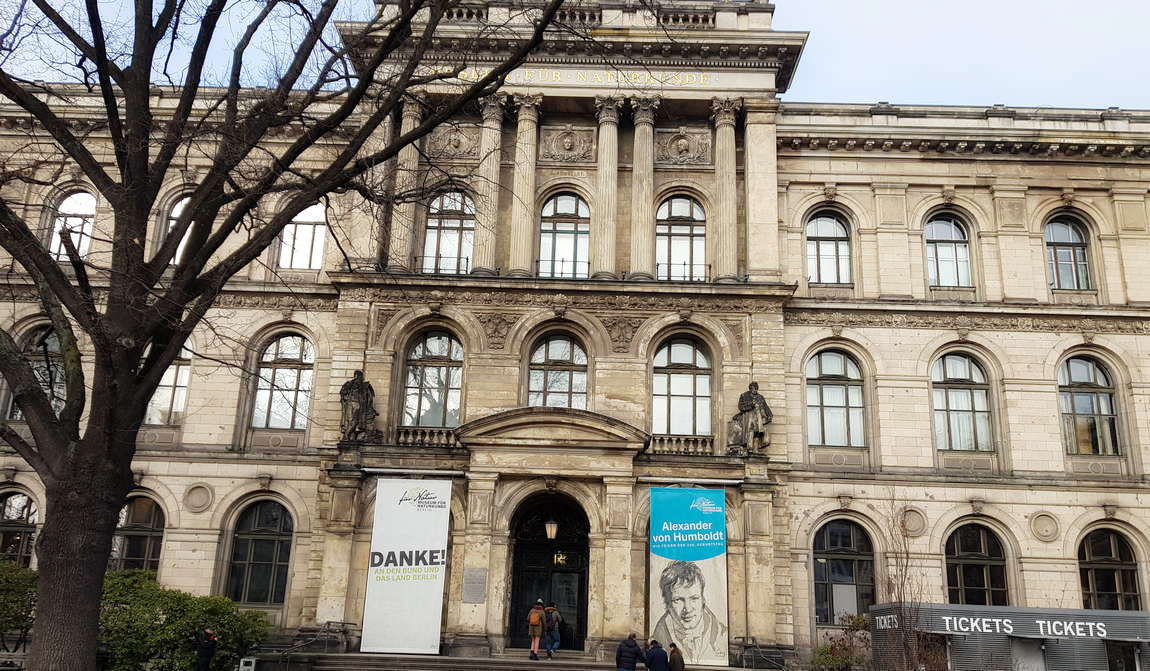
The exhibition is divided into several sections: zoology, palaeontology, mineralogy and petrology, and a collection of animal voices. There are also interesting temporary exhibitions on evolution, the changing face of the earth, the domestication of animals and much more. A visit here is an educational journey into nature. An audio guide will enrich your knowledge.
But even without a clue, it's fun just to stare around with your eyes open. There are fossils of prehistoric creatures, stuffed animals from all over the world, even the most bizarre, such as an anteater or an armadillo. The scarecrows are made with great skill and the animals and birds look as if they were alive. Interestingly, the museum also explains the technology used to make the models and even invites children to help assemble some of the animals.
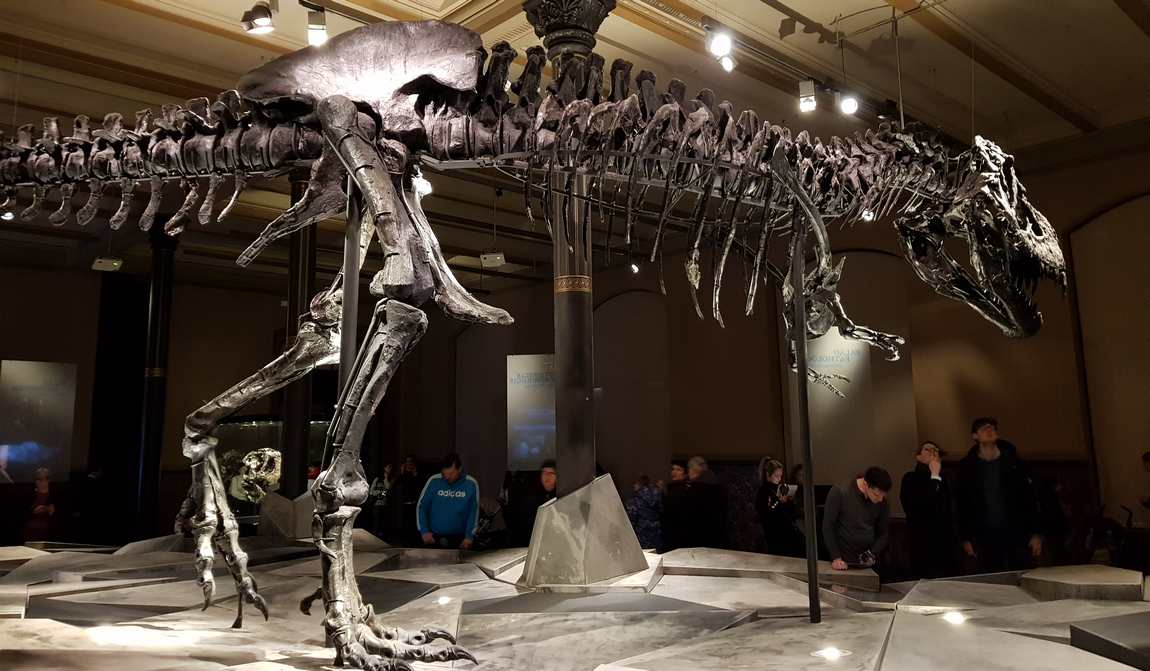
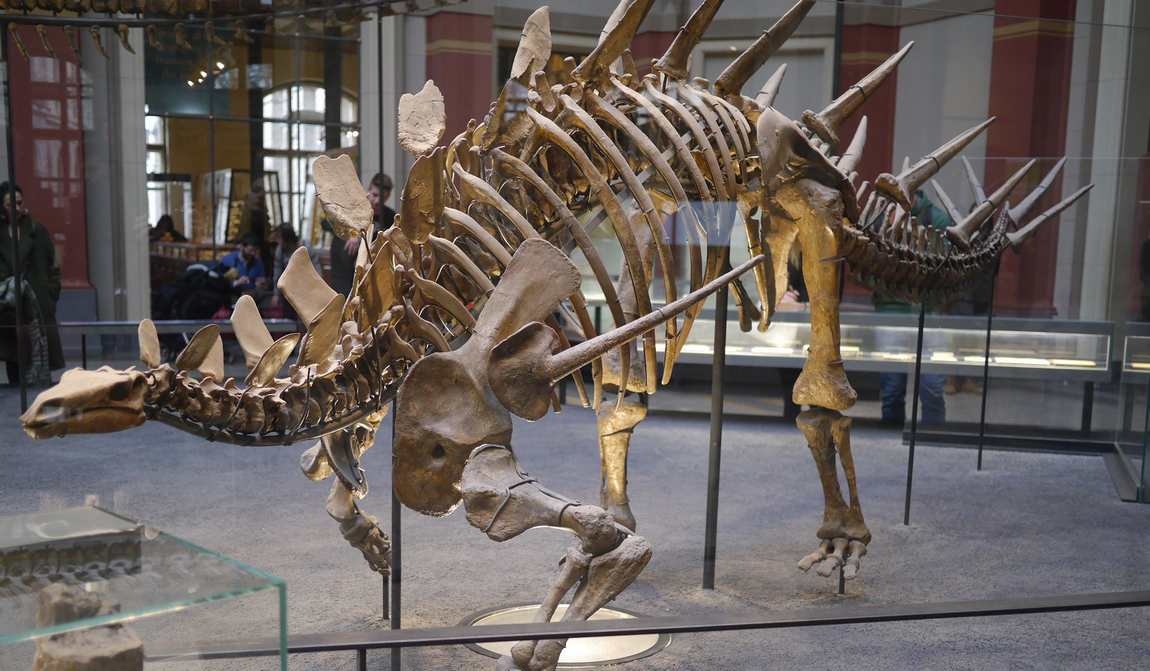
The vibrancy of the exhibition is enhanced by the fact that the animals are not huddled against the wall, but move around the museum as if they were there. A mammoth, for example, has made its way to the centre of the room and is trying to reach the ceiling with its trunk.
In the zoology section, you can see the structure of animals. Interesting exhibits illustrate the workings of the muscular, respiratory, circulatory and digestive systems, as well as the placement of organs in the bodies of birds, animals and reptiles.

The exhibition dedicated to insects is incredibly fascinating. Huge models allow you to see flies, mosquitoes, Colorado beetles, wasps and many other of our planet's neighbours in great detail. As well as the larger-than-life models, there is a large collection of insects in the museum. You can also learn about the different stages of development of beetles, ants and butterflies and how they live.
The preparator Alfred Keller, who built scientific models for the Museum of Natural History from 1930 to 1955, was fascinated by them. During his time at the museum he built many unique biological models. His detailed, enlarged models of native insects set new standards in the art of museum exhibits.
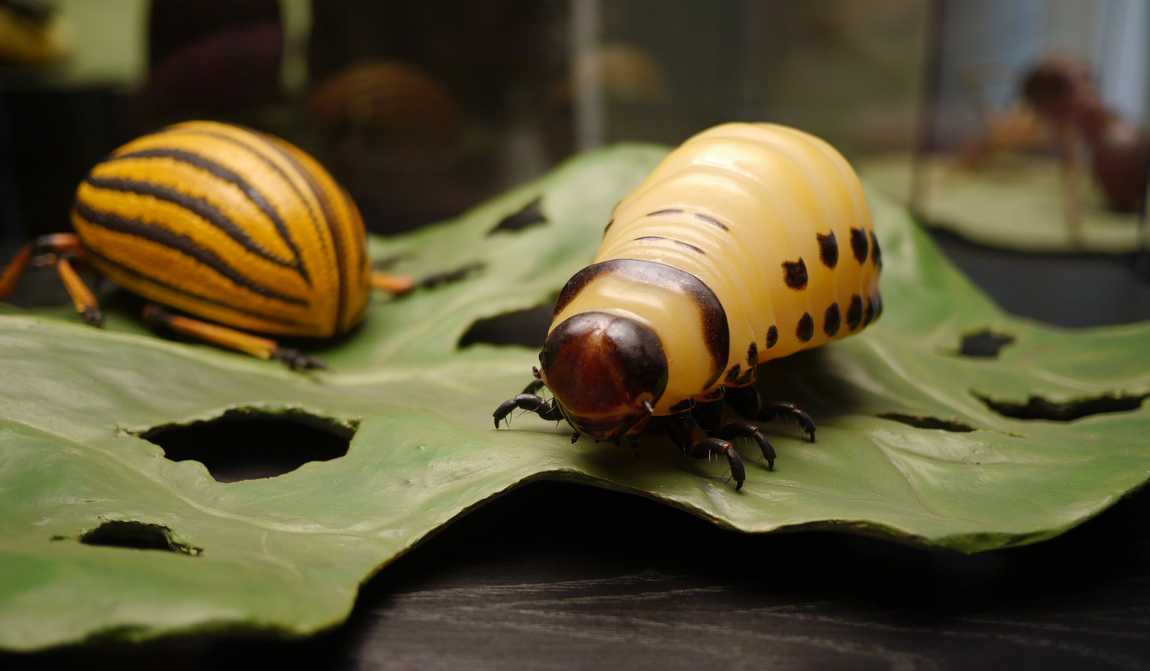
The collection of minerals is no less curious. Each has a striking feature: colour, lustre, layering, roughness, crystal shape, quirky patterns. Germany's largest mineral collection at the Museum für Naturkunde in Berlin contains around 200,000 specimens, representing 65% of all known minerals. Visitors can see 1,077 different types of minerals in the exhibition.
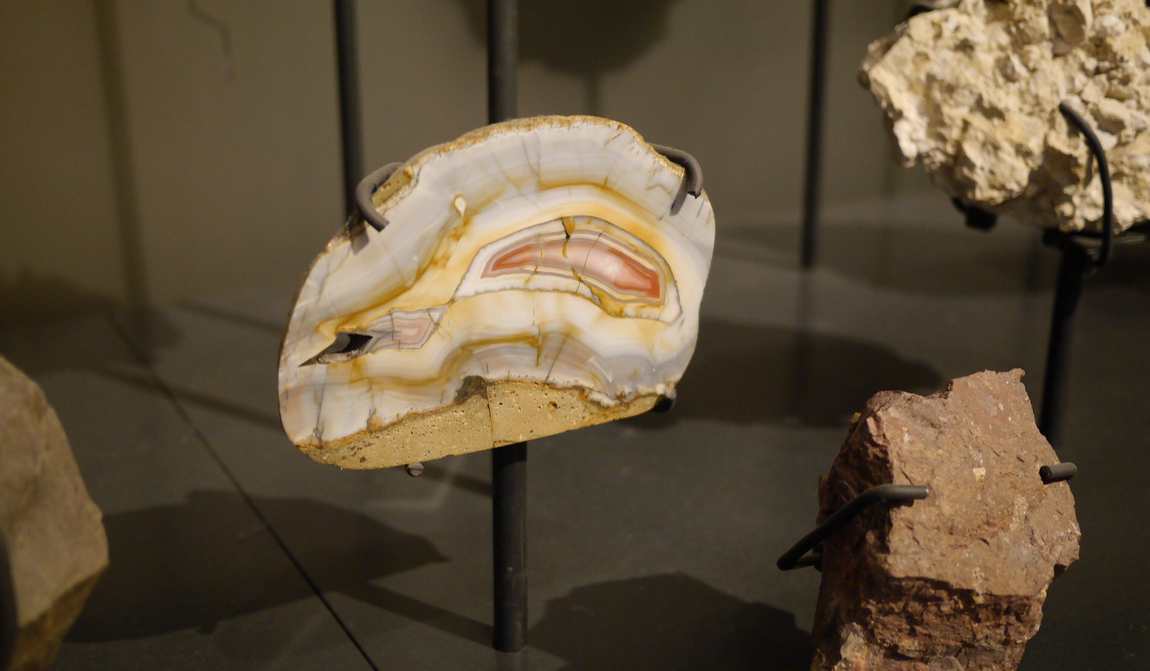
There are also meteorite fragments among the rocks. Because the museum's collection is so large, younger children should only see the parts that interest them, such as the animal or insect displays.











